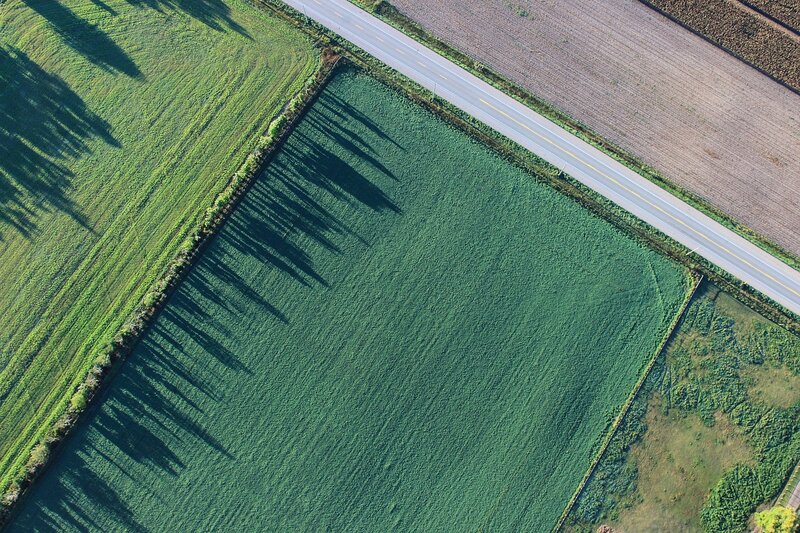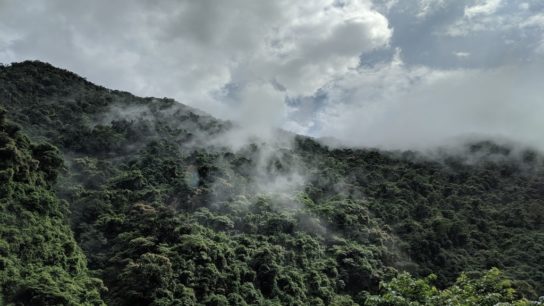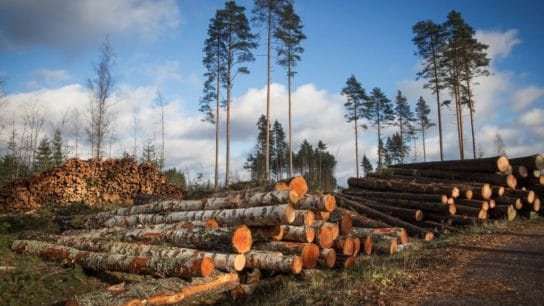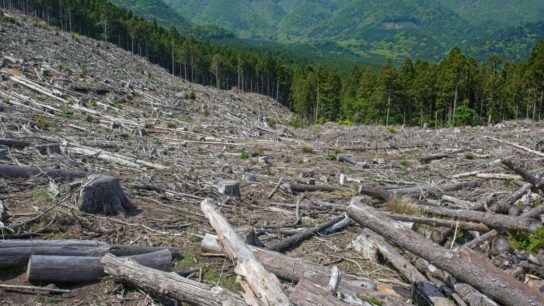A new study has found that if current food production processes continue, the world will likely need between 1.9 and 10 million sq km of new agricultural land by 2050 for the planet’s ever-growing and more prosperous population. However, this expansion of the food industry could destroy some of the habitat of almost 90% of terrestrial animal species.
—
According to a statement by David Williams, an environmental scientist at the University of Leeds and lead author of the study, “agricultural expansion to feed an increasingly wealthy global population is likely to affect about 20 000 species of mammals, birds and amphibians. Our research suggests that without big changes to food systems, millions of square kilometres of natural habitats could be lost by 2050.”
What is Happening?
- According to the study, nearly 1 300 species will likely lose at least 25% of their habitat to food production.
- The team conducted their research by linking projections of how much agricultural land each country will need with a new model that estimates where agricultural expansion and abandonment are most likely to occur. By looking at whether individual animal species can survive in farmland or not, the researchers could then estimate changes in habitat.
- The biggest losses in habitat are projected to happen in sub-Saharan Africa, particularly in the Rift Valley and equatorial West Africa, as well as in the Atlantic Rainforest of Brazil, in eastern Argentina and in parts of South and Southeast Asia.
- Shockingly, the research found that many of the species set to lose much of their habitat due to the expansion of the food industry are not yet listed as threatened.
- Measures that can be taken to avert such a disaster include raising crop yields, reducing demand for animal products, cutting food waste and changing how we use land- by, for example, directing food production away from biodiversity-rich ecosystems.
- However, the team noted that implementing the above recommendations need to be location-specific. For example, raising agricultural yields would likely bring huge benefits to biodiversity in Sub-Saharan Africa, but do very little in North America where yields are already high. Meanwhile, shifting to healthier diets would have big benefits in North America, but is less likely to have a large benefit in regions where meat consumption is low and food insecurity is high.
- The team hopes that the results of the study will enable policymakers and conservationists to identify which changes are likely to have the greatest benefit in their country or region.
You might also like: Poor Governance Fuels ‘Horrible Dynamic’ of Deforestation in DRC
Williams adds, “Ultimately, we need to change what we eat and how it is produced if we’re going to save wildlife on a global scale. We need to alter both our diets and food production methods.”













